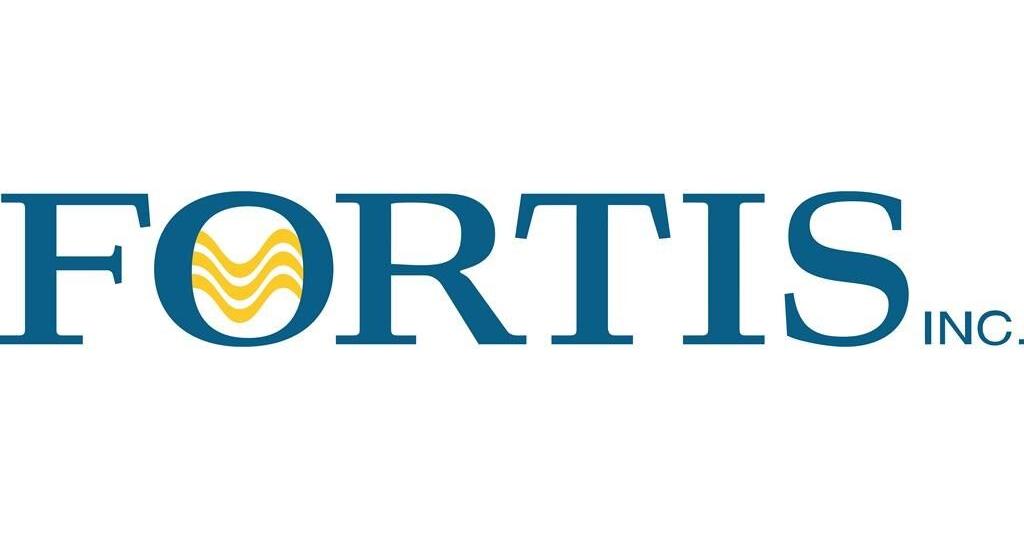Recently, I was asked, “Nick, what do you feel is the hardest part of job searching?
My answer, without hesitation: “Getting noticed.”
Prior to 2005—I am ballparking—applying for jobs and sending thank-you letters involved fancy resume paper, matching envelopes, and plenty of stamps. Answering a job ad required effort akin to sending an invitation to a formal event; your application had to present itself properly.
Considering the effort required and postage costs money, it is not surprising companies received fewer applications.
Today, job seekers can merely upload their resume, have the Applicant Tracking System (ATS) autofill their information, make a few edits, and skip the cover letter since it is rarely required. As a result of this ease of applying, the number of applications employers receive has significantly increased, creating much more competition, not from more qualified applicants applying, but from the noise created by the ease of applying.
Online applications receive an average response rate of 2%. As I said in previous columns, applying online is equivalent to playing the lottery; you expect a stranger to hire you.
A common mistake among job seekers is to think that simply acquiring skills, earning certificates, and perfecting their resume and LinkedIn profile is all it takes to get noticed by hiring managers.
To get an interview so you can present your skills and experience, recruiters and hiring managers must first notice you. Effective job searching requires a different skill set (e.g., writing, interviewing, self-marketing skills) that often differs from the skill set needed to do the job you are aiming for.
Here are some tips for getting noticed by hiring decision-makers:
Be bold:
“Fortune befriends the bold.” – Emily Dickinson
Job seekers would greatly benefit by adopting a bolder, more aggressive attitude. I understand putting yourself out there can be scary. Nevertheless, what are the alternatives? Do nothing, get nothing?
Consider being bold (READ: Doing what other job seekers are not doing.) by:
- Get on a podcast, video show, or guest post on a popular blog. Identify podcasts, video shows, and blogs related to your industry and/or profession and pitch to be on the show or write a guest blog. Your objective is to put yourself out thereand establish a reputation as a subject matter expert (SME) in your industry/profession. Add the link to your appearances/guest blogs to your LinkedIn profile.
- Contact the hiring manager directly. Most job seekers create what they hope is a stellar resume, then scroll through job boards looking for suitable positions, upload their resume, hit apply, and wait. On the other hand, you (being bold) approach the hiring manager directly.
- Leverage social media.Social media makes it easy to connect with and attract hiring decision-makers. The first step is to follow recruiters and employees occupying a leadership role in the companies you want to join and engage with their content. Share, re-post, and comment to demonstrate your expertise. Attend their LinkedIn Live events, subscribe to their newsletter, listen to their podcasts and take note of the information you learn about their company, individuals and mission; intel that would be valuable if you ever interview with the company. If you are genuine and consistent, your engagement, over time, will be noticed.
Be focused:
Throwing spaghetti at the wall and seeing what sticks is not a job search strategy. In order to stand out, you must target and invest in your selected (keyword) audience, which requires a narrow focus. Reflect upon what problem you want to solve, research what companies are solving this problem, and then build a brand (online, resume, network, etc.) using your strengths as the person who can solve this problem. Job seekers who claim to be jack-of-all-trades get lost in the noise. Identify and dominate your niche, which requires working harder than anyone else.
Be decisive:
Rarely do I meet a job seeker who is clear about what they want as a career, from their employer, and most importantly, from themselves. Most job seekers only want a job, which is why they are hardly noticed. Just wanting a job makes you part of the job-seeking crowd.
The lowest-hanging fruit to get noticed is knowing precisely what you want and being committed to obtaining it.
If you want a new job that is the right fit for you, a job that will not make you dread Monday mornings, then you must be willing to take decisive action. Taking decisive action means saying ‘No” to opportunities not aligned with what you want and giving nothing less than 100% to opportunities that tick off all your must-have boxes.
The confidence that comes from knowing what you want and refusing to settle for anything less will get you noticed.
Aim high (realistically):
As though they have something to lose, job seekers worry too much about failure and, therefore, miss out on opportunities because their self-limiting beliefs tell them they are not qualified enough or have insufficient experience. Such thinking does not get you noticed. Norman Vincent Peale once said, “Shoot for the moon. Even if you miss, you’ll land among the stars.” Stars get noticed.
_________________________________________________________
Nick Kossovan, a well-seasoned veteran of the corporate landscape, offers “unsweetened” job search advice. You can send Nick your questions to artoffindingwork@gmail.com.
Related


































